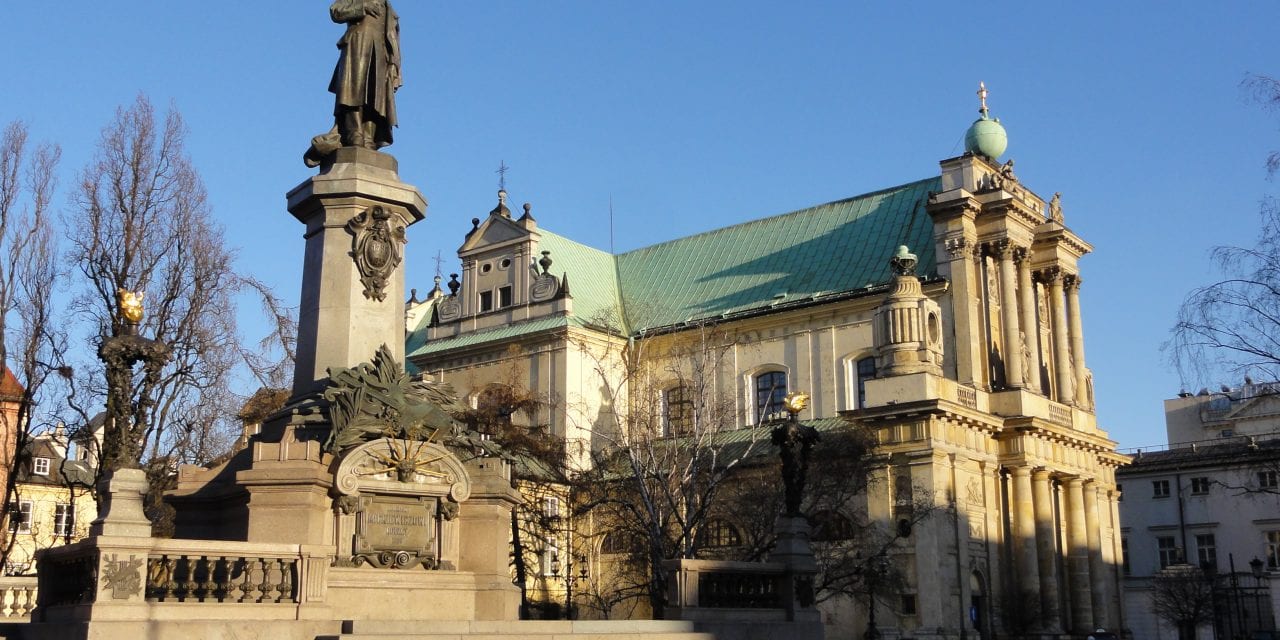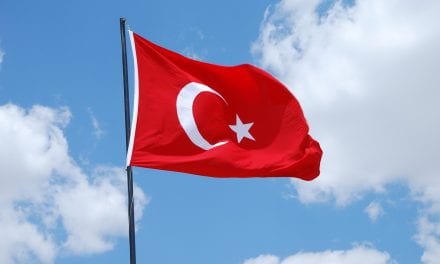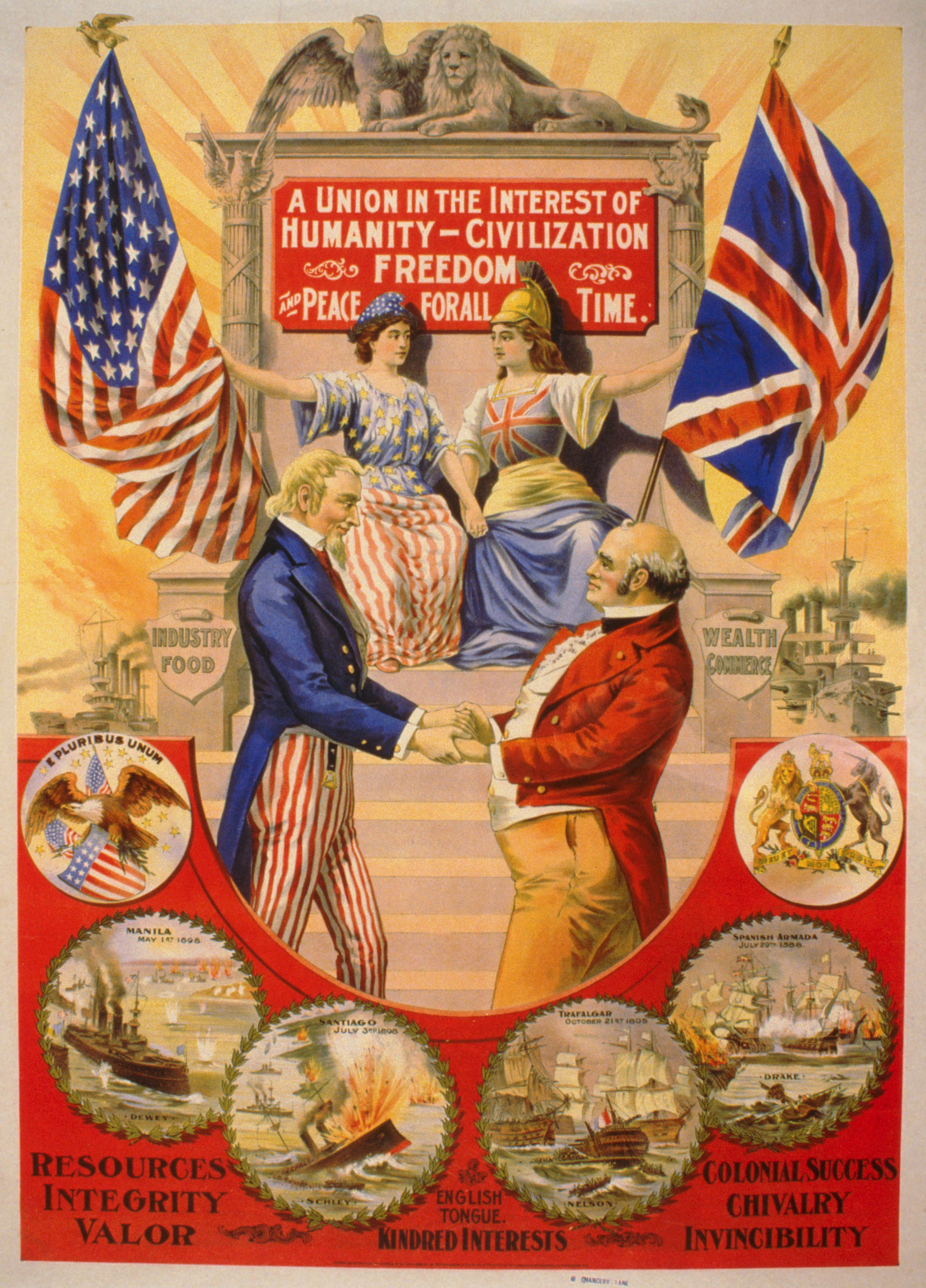By: Finn Hasson*
In the introduction to his 1897 masterwork Un coup de dés jamais n’abolira le hasard (A Throw of the Dice Will Never Abolish Chance), French Symbolist Stéphane Mallarmé rejected the characterization of his work as radical. He agreed that the poem’s form—individual words and phrases of different font spaced irregularly and spread across 21 pages—had never been attempted before, but he insisted that the work’s core dealt largely with traditional Western themes and the application of those themes to the modern era. In this way, he described his modern movement as being within the ambit of “the empire of passion and dreams,” or the Western intellectual and artistic tradition.[1]
Mallarmé’s writings first strike the reader as incomprehensible scribble, formalistically radical to the point of being unapproachable. However, stretching from the eighteenth page to the twenty-first in capital letters is the statement “nothing will have taken place but the place, except, perhaps, a constellation.”[2] Some critics have interpreted this to be an underlying message in all of Mallarmé’s work.[3] Our creation of history has little to do with events being related at their nature, and everything to do with our drawing of independently occurring events into a comprehensive narrative—the constellations do not exist without our hands to draw the lines between the stars.
In the decades leading up to his publication of A Throw of the Dice, the traditional political powers of the Western world faced unprecedented challenges. Across imperial domains, hundreds of nationalist groups clamored for reform and independence. Germany unified,[4] Spain fought colonial wars to retain its overseas colonies,[5] and Russia’s western possessions struggled to form a cohesive political opposition to Russian autocratic dominance.[6] For all of these revolutionaries, eager to legitimize their causes with the backing of history, establishing a clear national identity was paramount. Revolutionaries needed to show not only that they were opposing the existing system, but also that they had an alternative. In opposition to imperialism, which, in its most autocratic forms, effaces the identities of the conquered in the name of assimilation, the revolutionaries of the 19th century had to create cohesive national identities out of what was often a history of chaos and diversity. They had to convince their countrymen that the cause of independence was worth assuming great personal risk, and they had to convince the world that their newly formed nation states were legitimate.
The case of the political situation in what is now Lithuania provides perhaps the clearest view of how muddled the construction of national identity can be. Lithuania was historically a land of many ethnicities—before World War 2, Vilnius had one of Europe’s largest Jewish populations, in addition to a sizable group of Poles, Belarusians, and Russians. Lithuanians in the true ethnic sense composed a small minority of the modern Lithuanian capital.[7] How, then, did the Lithuanian revolutionary politicians who petitioned the Soviet Union to establish Lithuania as a Lithuanian-led Socialist Republic believe as they did that they were the ethnic group with the strongest claim to Vilnius and the lands surrounding it? Understanding how “Lithuanian” went from referring to a political entity into a modern ethnically defined nation state gives us insight not only into how nations are formed, but also helps us review the flaws in our interpretations of what nationality means and how it serves as a predictor of future policy.
In the mid-19th century, unrest in Russia’s western possessions was increasing. Belarusian, Polish, and Lithuanian nationalist activists began to organize in salons and newsrooms, publishing radical resistance pamphlets and newspapers. For the Lithuanians, none was more influential than Aušra (The Dawn), published by Jonas Basanavičius. Aušra was radical on numerous levels. First, it was published in the Lithuanian language, which Russia had banned as a language of publication. Second, it used Polish orthography rather than Russian. Basanavičius’s use of Polish was deliberate—Polish was the language of the former Polish-Lithuanian Commonwealth. To Basanavičius and most Lithuanians and Belarusians of his time, the Polish language represented resistance to Russian hegemony.[8] Basanavičius was lionized as a hero of Lithuanian independence for the risks he took in publishing Aušra.[9] The idea that Lithuanian ought to be the language of a modern Lithuanian state only emerged when Polish nationalists themselves laid claim to Vilnius, stating that the use of the Polish language and the presence of a large Polish minority legitimized Polish rule. Lithuanian revolutionaries, not eager to abandon the immensely popular Basanavičius, decided to revise his ideas: to them, he had never intended the “new” Lithuania to speak Polish. He had only intended the old Commonwealth model and language to inspire a new generation of fighters.[10] Basanavičius’s intentions, however, are not important. How those who followed him used his word is what shaped Lithuania’s future.
The pliability of the concept of nationhood and nationality is also evident through the changes in the Vilnius census from the final years of the 19th century and into the beginning of the twentieth. “Lithuanian,” a term largely used before the late 19th century in reference to the polity of the Grand Duchy of Lithuania, evolved into an ethnic descriptor. In fact, one of Poland’s most influential proto-revolutionaries considered himself Lithuanian. Józef Piłsudski did not describe himself primarily as a Pole, but as an ethnically Polish Lithuanian committed to seeing the restoral of the Grand Duchy. For most of the 19th century, non-Russian Eastern European intellectuals did not look at “Lithuania” primarily as a set territory or ethnic claim, but as a republican alternative to authoritarian Russia.[11] When Lithuanian nationalists tried to stake Vilnius as ethnic Lithuanian territory, war erupted with the Poles. Had the Soviet Union’s takeover of both states not prevented the conflict from reaching an independent conclusion, there is little reason to believe that the outmanned Lithuanians would have defeated the Polish military. Had the final solution not decimated the once-thriving Jewish population, there is little reason to believe that Lithuanian nationalists would have been able to convince the Soviets to begin a program of “repatriation” that would eventually ensure Vilnius’s status as a predominantly Lithuanian-ethnic city.[12] In going from Basanavičius’s original dream of a unified republic in the mold of the Commonwealth to an ethnically defined nation state, the architects of Lithuanian independence directed the course of Eastern European history based on their interpretations of their national history, regardless of whether those interpretations were supported or not.
“Empire of passion and dreams”—this is the patrimony of contemporary nationalism, a harkening back to an imagined time, and a willing construction of that incorporeal intellectual empire if one cannot be located historically. Any national identity is alive, changing and evolving with the minds and lives of those who espouse membership in it.
It is not only our misunderstanding of another group’s motivations that lead us to miscalculate our projections of their behaviors and actions (as was the case of US experts characterizing the North Vietnamese as a Chinese satellite motivated by communism rather than primarily as freedom fighters forced out of necessity to ally with the Chinese), but also our consistent failure to appropriately recognize how the degree of chance and deviation inherent in human behavior changes our conception of nationality. We too often fail to recognize that states are the creations of groups of individuals and are therefore subject to the same changes we, as human beings, suffer. We follow the progress of revolutions as intensely individual affairs and lionize the revolutionaries, but when a revolution is successful and a state is established, we treat it as a cold and lifeless monolith and render it sovereign with a title. We no longer speak of the dynamism of Basanavičius and his compatriots, and the idea of Lithuania as a modern nation state becomes what we frame as an entrenched reality. This is not to say that Lithuania’s claims of legitimacy are illegitimate. Every country’s formation of national identity has followed a similarly convoluted path. It is an understandable error born of our desire to believe that any of our creations are immutable, but it is an error nonetheless.
Past tradition ought not to be seen as a roadmap for what lies ahead and a guide for predicting future behavior. While nobody could have predicted Trump’s election, the challenges to the EU, or the emergence of increasingly tribal global politics, the degree to which we were collectively caught unaware was indeed avoidable. We need to recognize that our nations and institutions change with every successive generation that gives them life, and that the failure to critically and frequently review our institutions and our understanding of the world as a political landscape leaves us vulnerable. While there may be a comfort in thinking we can rely on precedent in our foreign policy, it has been shown to be a false comfort.
In the empire of passion and dreams, a throw of the dice will never abolish chance.
[1] Stéphane Mallarmé, “Un coup de dés jamais n’abolira le hasard,” 1897.
[2] Ibid.
[3] Peter Baker, “Modern Poetry,” Towson University, 2018.
[4] “Why Unification Was Achieved in Germany,” BBC.
[5] “The World of 1898: The Spanish-American War,” Library of Congress: Hispanic Division.
[6] Timothy Snyder, The Reconstruction of Nations: Poland, Ukraine, Lithuania, Belarus, 1569-1999, p. 80 (Yale University Press, 2003).
[7] Ibid.
[8] Ibid.
[9] Lituanus, “Dr. Jonas Basanavičius—Founder Op Aušra,” Lithuanian Quarterly Journal of Arts and Sciences.
[10] Ibid.
[11] Snyder, The Reconstruction of Nations, p. 62.
[12] Ibid.
*Disclaimer: The content contained in the following material is the sole ownership of the author and does not reflect the Towson University Journal of International Affairs nor Towson University in any respect whatsoever.







